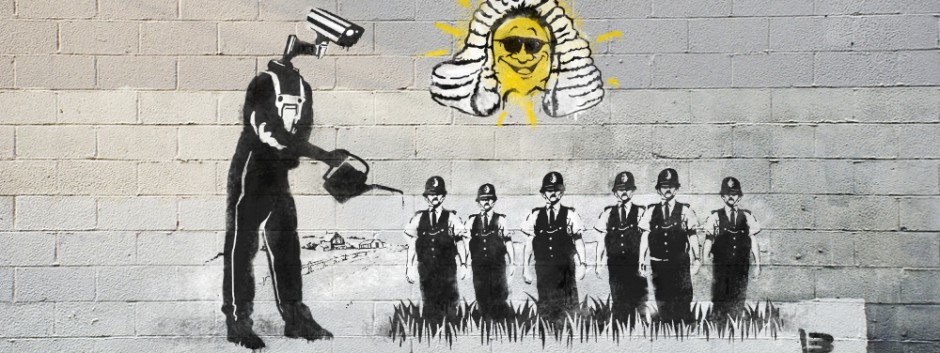“Direct action takes the alienated, lonely body of technocratic culture and transforms it into a connected, communicative body embedded in society. Taking part in direct action is a radical poetic gesture by which we can achieve meaningful change, both personal and social. Direct action is the central strategy of creative resistance, a strategy that, unlike the rationality and objectivity of most politics, revokes the emphasis on words and reason and demands the acknowledgment of intuition and imagination” (Jordan 134-5).
Direct action occurs when a group takes an action which is intended to reveal an existing problem, highlight an alternative, or demonstrate a possible solution to a social issue. In the case of John Jordan’s article, what is a society based upon technologies used to control industrial resources, reform financial institutions, and reorganize the social system has cultivated the motivation for individuals within the society to take a stand against displacing homes for a mere road. Because these individuals within the society share the same views about the matter, they engaged in direct action in a non violent matter where their voices were heard loud and clear.
Instead of engaging in violence, they practiced creative strategies that brought into question the aspects of the ideology behind the industrial society that they lived in. Direct action occurred everyday through the use of the individuals’ bodies in which they blocked steel pile-drivers, cranes, and bulldozers. Doing so, costs production additional money, an audience that is intrigued, motivation to continue to protest because of the risks and danger all through the use of imagination of direct action. Whether the fight was won or loss, “direct action is praxis, catharsis, and image rolled into one” (Jordan 133). Words are rarely used to get a message across these days when all you need is to take direct action which speaks major volumes in itself.




Nice post! Thanks!